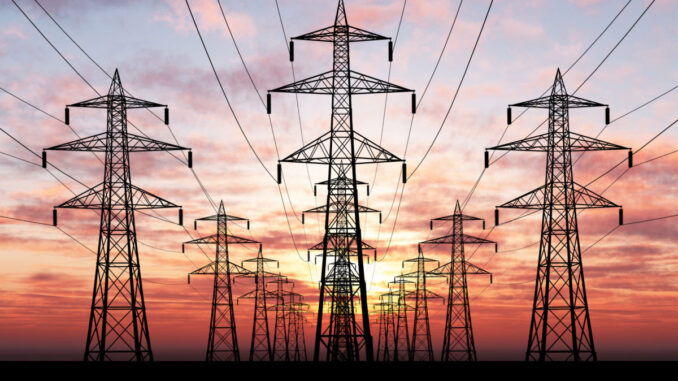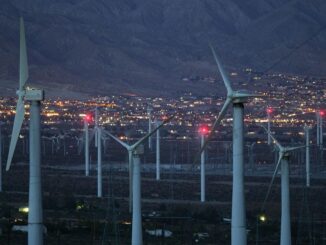
The reliability of the electric utility grid depends upon the availability of generation output equal to grid demand at all times. Historically, this has been accomplished by operating numerous generators at somewhat below full capacity, so that the output of those plants could be rapidly increased in the event of a significant increase in grid demand or the loss of a generator due to equipment failure. The reliability issue is most critical during periods of peak demand. Electric utilities typically have maintained a capacity reserve margin of approximately 15-20% relative to their peak demand to assure that grid demand could be met in the event of the loss of a generator.
Nuclear generators are typically base-loaded because of their low operating costs and their limited suitability for load following. Coal generators have typically been used for both base load and intermediate load applications. Natural gas combined-cycle generators offer flexible response to load changes and are the first to be adjusted to match changing demand. Natural gas simple-cycle turbines offer even faster response, but are rarely operated except during periods of peak demand because of their lower efficiency and thus higher operating costs.
The introduction of intermittent renewable generation to the existing electric utility grid requires several changes in the historical approaches to grid management. Unlike conventional generation systems, the output of intermittent renewable generators such as wind turbines and solar collectors can change frequently and uncontrollably throughout the day, requiring more rapid and somewhat less predictable response from conventional generation assets. Intermittent renewable generation can also be unavailable for periods of hours or days as the result of weather conditions.
Conventional generation assets must be available to meet grid demand during periods when either solar or wind output is unavailable or significantly reduced by weather conditions. At current levels of solar generation market penetration, the predictable unavailability of solar generation from late afternoon until morning is only an issue in the late afternoon / early evening period when the grid experiences what is referred to as the ”duck curve”, when solar generator output drops as residential and small commercial demand increases. This issue is beginning to be addressed with the introduction of 4-hour battery storage systems. Otherwise, grid demand is low when solar generation is unavailable.
Most electric utilities experience peak demand in summer, though many are now developing somewhat smaller winter peaks. Solar is generally available during the summer peak, though it is less available during winter peaks due to reduced insolation resulting from lower sun angles, shortened daylight hours, increased cloudiness and snow accumulation on the collectors. Wind may become unavailable for periods of days when the weather is hot and still. Wind turbines may also become unavailable in winter due to icing of the blades, unless they are equipped with blade heating capability.
Utility regulation currently requires renewable generator output to be used when available, but utilities must be prepared to meet grid demand regardless of renewable generation availability. This issue becomes more critical as the market penetration of intermittent renewable generation increases.



